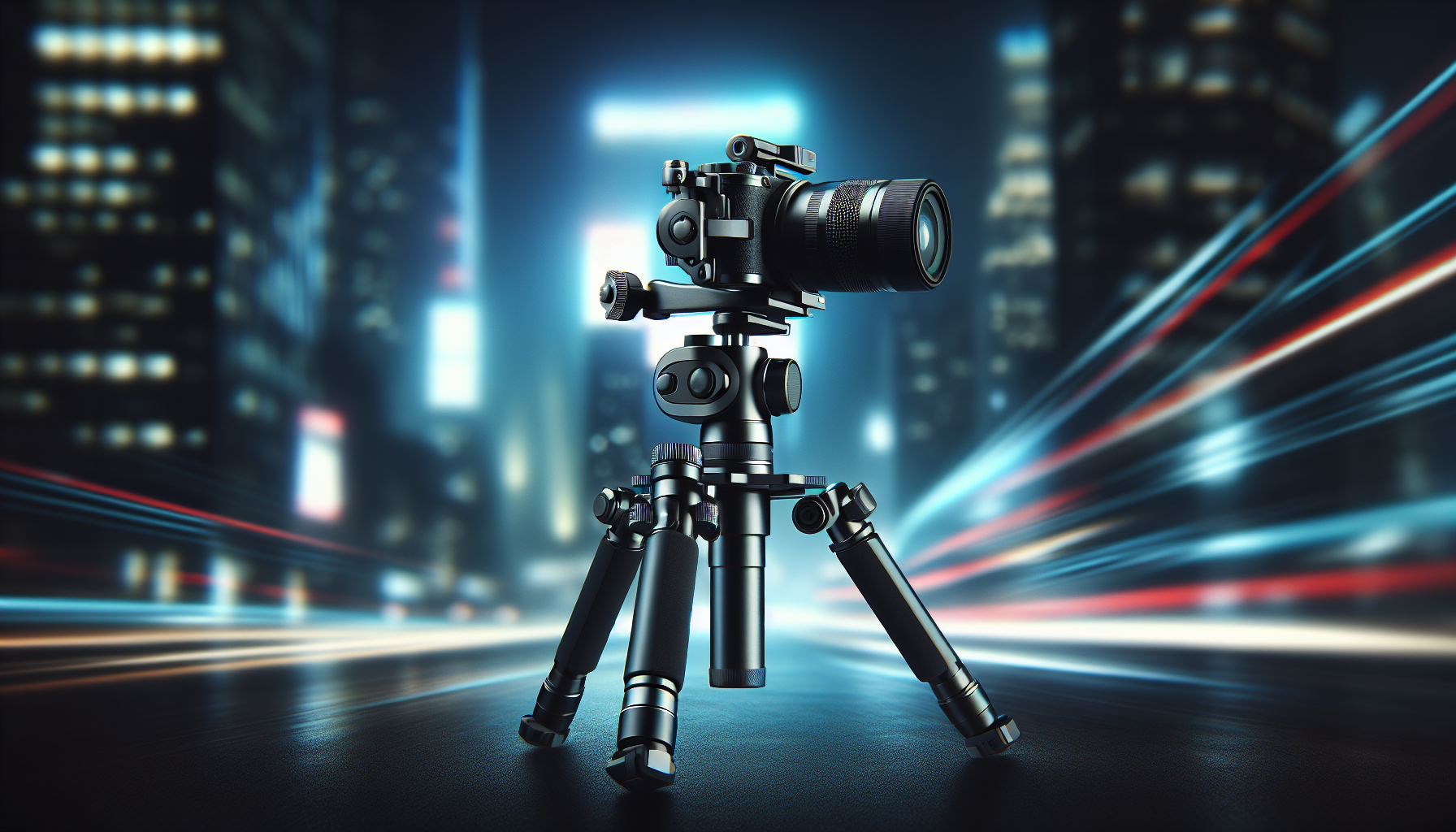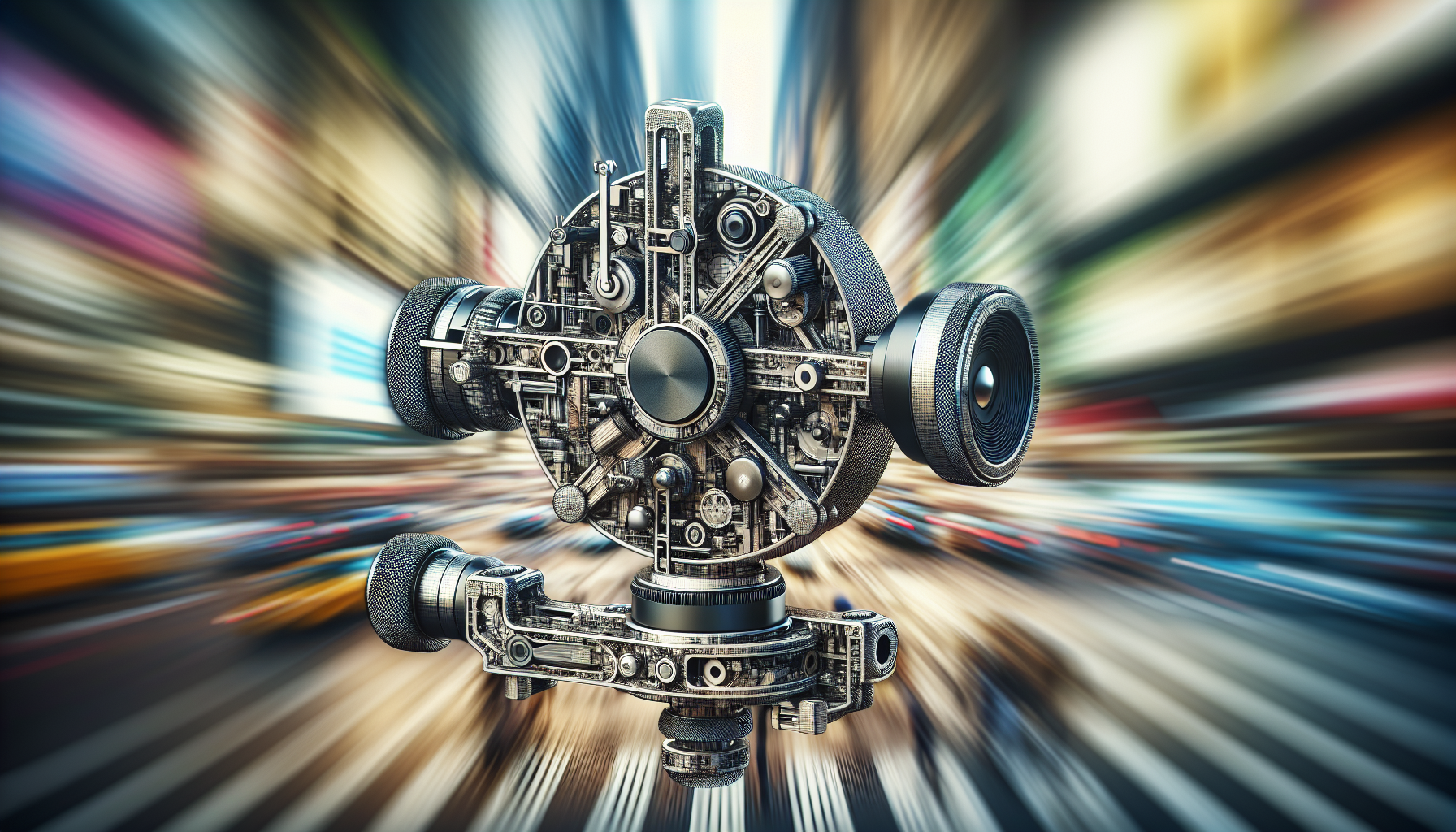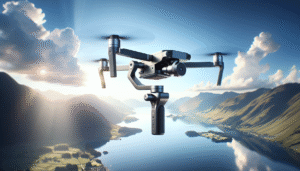Have you ever found yourself wondering why your videos look more like a shaky documentary than a Hollywood film? It’s a common issue that many of us have faced at one point or another. You might think the solution is to run out and buy the latest gimbal, but what if I told you there are accessories that can fix poor stabilization without breaking the bank? That’s right; you can achieve smoother footage without the drastic step of purchasing a new piece of equipment.

Why Poor Stabilization Happens
In the world of videography, stabilization is the secret sauce that makes the difference between amateur and professional-looking footage. But why does shaky footage happen in the first place? Most often, it comes down to movement—our natural sway, the jerky adjustments we unintentionally make while holding a camera. Then there’s the added complication of zooming or panning, both of which exaggerate any existing shake. Every little tremor can turn into a cinematic earthquake.
Understanding Our Own Movements
Before diving into the world of accessories, it’s worth taking a moment to be aware of how we move when we shoot. Our bodies are not perfectly steady, and learning this early on can save a world of frustration. It’s a bit like realizing too late that perhaps wearing roller skates to the dance wasn’t the best idea.
Top Accessories for Stabilization
While it’s true that a gimbal is known for providing excellent stabilization, there are several other accessories that can help reduce shakiness. Let’s explore them, and maybe by the end of this, you’ll find the perfect stabilization accessory for your needs.
Tripods: The Steadfast Friend
Even in today’s age of advanced technology, nothing beats the trusty tripod for holding a camera rock steady. Tripods come in all shapes and sizes, from tabletop mini tripods to tall, robust models with extendable legs. This simple tool can be your best friend when you need steady footage.
Types of Tripods
- Standard Tripods
– Benefits: Provide excellent stability and are adjustable. – Use Case: Ideal for static shots. - Mini Tripods
– Benefits: Portable and lightweight. – Use Case: Perfect for vlogging or travel. - Flexible Tripods
– Benefits: Can attach to various surfaces, allowing unique angles. – Use Case: Suitable for unconventional shooting environments.
Monopods: A Lean Solution
While less stable than a tripod due to the single point of contact, a monopod can reduce a lot of the vertical movement that often plagues videos. It offers a good mix of stability and mobility.
Advantages of Monopods
- Portability: Easier to carry than a full-size tripod.
- Quick Setup: Faster to set up for impromptu shots.
- Versatility: Allows for more fluid motion tracking.
Stabilization Rigs: Professional Tools for the Aspiring Pro
Stabilization rigs might sound fancy, but they offer practical solutions for reducing shake. These rigs often resemble harnesses or mounts you might see in a sci-fi film—complex yet effective.
Rig Types
- Shoulder Rigs
– Benefits: Offer excellent support and balance. – Use Case: Great for handheld shooting for long durations. - Handheld Rigs
– Benefits: Provides additional grip and leverage. – Use Case: Suitable for run-and-gun shooting.
Lens Accessories: Harnessing Optics for Stability
Sometimes stabilization is improved not by what supports the camera, but by the lens itself. There are lenses with built-in Optical Image Stabilization (OIS) that can soften the blow of a shaky hand.
Optical Tools
- OIS Lenses: These lenses include stabilization mechanisms built into the lens itself. They work wonders when filming or taking photographs in less-than-ideal conditions.
- Image Stabilization Software: Many camera manufacturers offer lens profiles or software updates that optimize stabilization features.

The Role of Software in Stabilization
It’s not all about hardware. New advancements in digital technology provide powerful software options for stabilizing footage.
In-Camera Stabilization: A Digital Hand Steadying Yours
Modern camera technology offers impressive in-camera stabilization. This feature uses digital interfaces to correct shakiness and can be a lifesaver, especially when going hardware-free.
Post-Production Software: Fixing It in Post
Editing software has come a long way in recent years. Programs like Adobe Premiere Pro and Final Cut Pro offer stabilization plugins that can significantly reduce shakiness after the fact. However, it’s a reminder that the best results begin with good in-camera stabilization.
Comparing Accessories
So, which accessory suits you best? Consider this comparative table between some of the options we’ve covered:
| Accessory | Ease of Use | Portability | Cost | Best For |
|---|---|---|---|---|
| Tripod | Easy | Moderate | Low to High | Static shots, interviews |
| Monopod | Easy | High | Low to Medium | Events, quick setups |
| Stabilization Rig | Moderate | Low to Medium | Medium to High | Professional shoots |
| In-Camera Stabilization | Very Easy | N/A | None (built-in) | Everyday use, quick fixes |
| Post-Production Software | Moderate | N/A | Low to High | Editing under controlled conditions |
Practical Tips for Better Stabilization
While accessories are a fantastic solution to stabilization problems, understanding and utilizing good techniques can further enhance your ability to capture steady, professional footage.
Breath Control and Body Position
Believe it or not, how you breathe and hold your body can influence the steadiness of your shots. Holding your breath during shots or exhaling slowly can aid in maintaining focus and reducing shake.
Two-Handed Grip
Using both hands to stabilize the camera might seem intuitive, but it’s a simple technique that often gets forgotten in the excitement of filming.
Movements: Walk Like a Ninja
Try to minimize footfalls and walk smoothly, almost gliding. Bend your knees slightly and let your arms absorb any shocks, much like a built-in suspension system.
A Final Word
It’s easy to get swept up in the allure of high-tech gadgets, but sometimes, the solutions that work best are simple, accessible, and right at our fingertips. Embracing a mix of stabilization techniques and tools can help elevate the quality of your work without costing a fortune. After all, filming is as much about being resourceful as it is about having the latest gear.
Embrace the accessories and techniques I’ve shared, and maybe, just maybe, your next sequence will be so smooth that every Hollywood director will be trying to reach you for filming tips.
![Best Gimbal For DJI Mini 4 Pro In 2025 [Top Picks + Quick Deals]](https://droneaperture.com/wp-content/uploads/2025/06/best-gimbal-for-dji-mini-4-pro-in-2025-top-picks-quick-deals-1-300x171.png)
![Top 5 Drone Gimbals For Cinematic Footage Under $500 [2025 Tested]](https://droneaperture.com/wp-content/uploads/2025/06/top-5-drone-gimbals-for-cinematic-footage-under-500-2025-tested-300x171.png)
